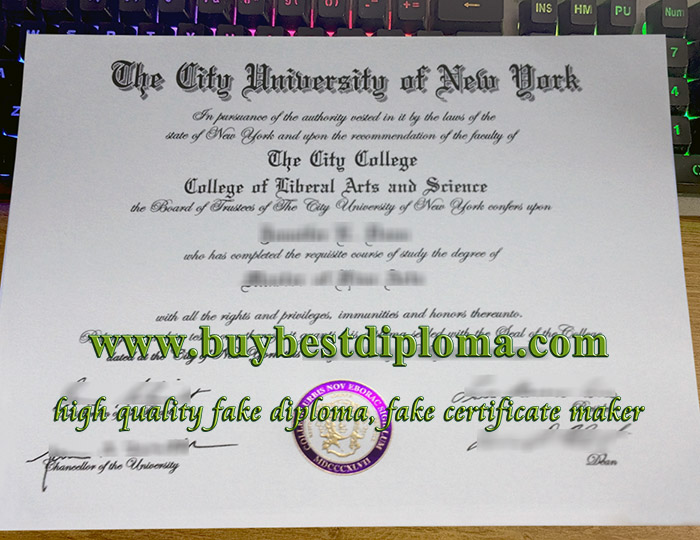
In 1960 John R. Everett became the first Chancellor of the Municipal College System of the City of New York. To be renamed CUNY, for a salary of $25,000 ($216,000 in current dollar terms). CUNY was created in 1961, by New York State legislation, signed into law by Governor Nelson Rockefeller. The legislation integrated existing institutions and a new graduate school into a coordinated system of higher education for the city, under the control of the “Board of Higher Education of the City of New York”, which had been created by New York State legislation in 1926. By 1979, the Board of Higher Education had become the “Board of Trustees of the CUNY”. Where to order a fake City University of New York diploma, buy fake CUNY diploma online. City University of New York degree, buy fake diploma New York.
How to order fake diploma in New York
CUNY has served a diverse student body, especially those excluded from or unable to afford private universities. Its four-year colleges offered a high quality, tuition-free education to the poor, the working class and the immigrants of New York City who met the grade requirements for matriculated status. During the post-World War I era, when some Ivy League universities, such as Yale University, discriminated against Jews, many Jewish academics and intellectuals studied and taught at CUNY. The City College of New York developed a reputation of being “the Harvard of the proletariat.”
As New York City’s population—and public college enrollment—grew during the early 20th century and the city struggled for resources, the municipal colleges slowly began adopting selective tuition, also known as instructional fees, for a handful of courses and programs. During the Great Depression, with funding for the public colleges severely constrained, limits were imposed on the size of the colleges’ free Day Session, and tuition was imposed upon students deemed “competent” but not academically qualified for the day program. Most of these “limited matriculation” students enrolled in the Evening Session, and paid tuition. Additionally, as the population of New York grew, CUNY was not able to accommodate the demand for higher education. Higher and higher requirements for admission were imposed; in 1965, a student seeking admission to CUNY needed an average of 92, or A-. This helped to ensure that the student population of CUNY remained largely white and middle-class.

